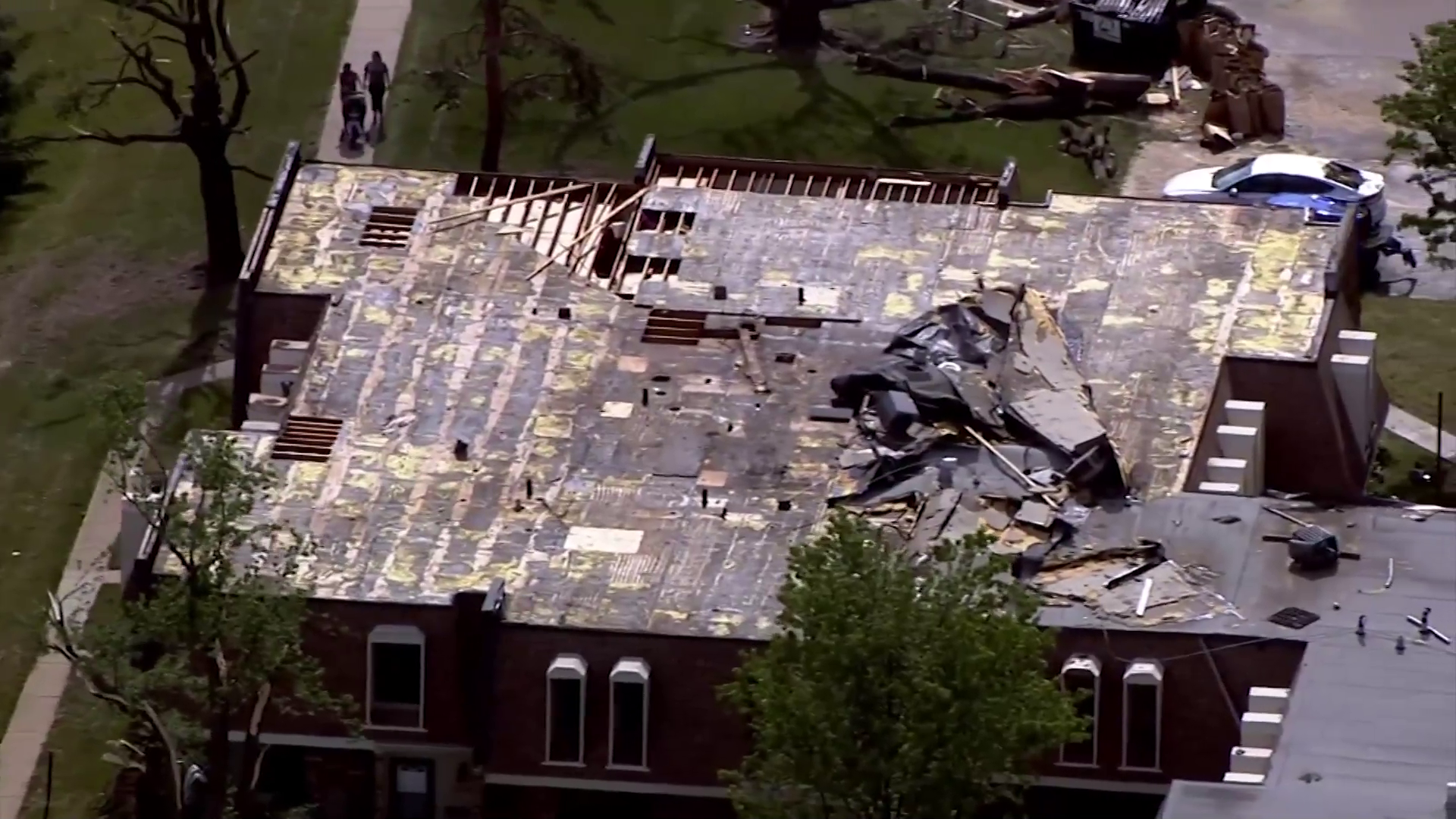Cicadas will soon begin dying in large numbers across the Chicago area and Illinois, if they haven't already started, but that doesn't mean the cicada invasion of 2024 will simply end.
Residents will still need to wait for the piles of dead cicadas to decompose and new eggs to hatch and make their way into the ground, where they will stay for another 13 or 17 years.
But how long will decomposition take, will it smell and what do you do with the dead cicadas?
Here's a breakdown.
What happens next?
The cicada-palooza has brought insect numbers unlike what many have seen before to Illinois and parts of the U.S. -- and the same numbers that were flying through air will soon be falling to the ground.
“What you saw was biblical,” said biologist Gene Kritsky, who has been chasing periodical cicadas for 50 years, yet was still amazed by the 3 to 5 million cicadas crowding a small patch of Ryerson Conservation Area north of Chicago. “There are things I've seen this time that I've never seen before.”
Local
Now, the great dual periodical cicada emergence of 2024 — an event of a magnitude not seen since 1803 — will come to a potentially smell halt.
According to Kritsky, the event will likely last through the end of the month, but the end will be nearly as dramatic as the emergence itself.
Feeling out of the loop? We'll catch you up on the Chicago news you need to know. Sign up for the weekly Chicago Catch-Up newsletter here.
“It'll be noticeably over,” Kritsky said. “It's been a blast.”
Before all signs of cicadas are gone, there will be a period of decomposition that could lead to an unpleasant odor for those experiencing the bulk of the emergence.
While several suburbs are reporting massive amounts of cicadas, some parts of the region have reported almost none at all, particularly in the northwest suburbs and in Chicago itself, according to a map that tracks cicada sightings in the U.S. These areas likely won't see much of anything now that the emergence phase is largely over.
According to the National Museum of Natural History, adult cicadas only have about three to four weeks to live after they emerge from the ground.
Once they mate, male cicadas finish their life cycle as female cicadas then make slits in tree branches and lay eggs.
Some males may die shortly after reproduction, but most "won't immediately perish upon mating" and will live a short time longer.
Some may already be seeing dead cicadas on the ground.
What's that smell?
While there are plenty of benefits to what comes next, the odor that comes with piles of decomposing insects could be off-putting.
As cicadas begin to die off in larger numbers toward the end of the month, it will take time for their bodies to decompose back into the soil.
Depending on the weather, according to Kritsky, the full decomposition process should take a couple weeks -- though the smell will end sooner, he said.
What should you do with the dead cicadas?
The best answer, according to experts, is nothing. Those who can wait out the smell will actually reap the benefits.
"They're free fertilizer for the tree," Kritsky said.
Much like their early life, dead cicadas actually bring an environmental benefit.
"The dead adult insects will drop back to the ground and help fertilize the soil. You can even add dead cicadas to your compost pile. It’s a great example of the natural circle of life," according to the Nature Conservancy.
What about cicada eggs?
For those who experienced large amounts of cicadas in this emergence, there could be another opportunity to witness the historic cicada scene unfold this summer.
That's when the eggs begin to hatch in mid-July.
"The eggs hatch six to seven weeks later, the nymphs fall to the ground and go into the soil, and the cycle begins again," the Natural History museum said.
The hatching takes place between six and 10 weeks after eggs are laid and while it is rare to catch a glimpse of the moment, Kritsky said when conditions are right, the moment could be viewable in the Chicago area.
"If the sun is at the right angle, people have actually seen the nymphs falling to the ground," Kritsky said, noting the sun would need to be behind the tree where the eggs are hatching, "illuminating them as they drop."
Trees in areas that saw large emergences could have as many as 40,000 eggs waiting to hatch, he added.



